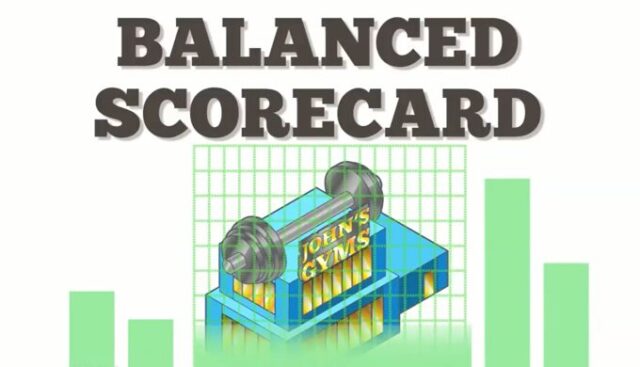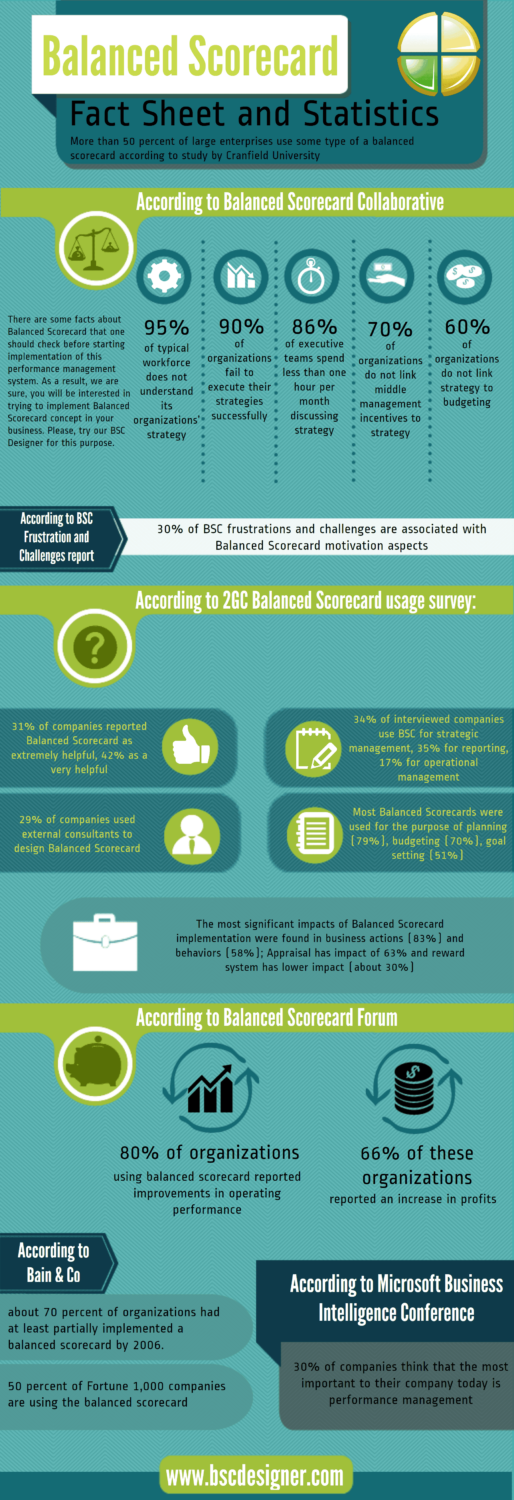
If you’re looking for a good strategic management framework, you’ve most likely come across the Balanced Scorecard (BSC). It was created by Drs. Robert S. Kaplan and David P. Norton in 1992.
A balanced scorecard defines what management means by “performance” and measures whether management is achieving desired results, translating mission and vision statements into a set of objectives and performance measures, such as:
- financial performance (revenues, earnings, return on capital, cash flow);
- customer value performance (market share, customer satisfaction measure, customer loyalty);
- internal business-process performance (productivity rates, quality measures, timeliness);
- innovation performance (percent of revenue from new products, rate-of-improvement index);
- employee performance (morale, knowledge, turnover).
A balanced scorecard is used to:
- make clear or update a business’s strategy;
- link strategic objectives to long-term targets and yearly budgets;
- track the key elements of the business strategy;
- help with organizational change;
- compare geographically diverse business units
- increase companywide understanding of the firm’s vision and strategy.
This infographic below explains that the Balanced Scorecard is still useful today.

Final Thoughts
Balanced Scorecard is a powerful reporting tool that measures the success of implementing good business ideas and the success and growth of established businesses.
So while the Balanced Scorecard may be a millennial-aged framework, it isn’t dead. In fact, it isn’t even outdated. It is still an extremely relevant, useful tool that thousands of organizations around the world are highly satisfied with. It continues to be a proven framework organizations use to organize their various strategies.













